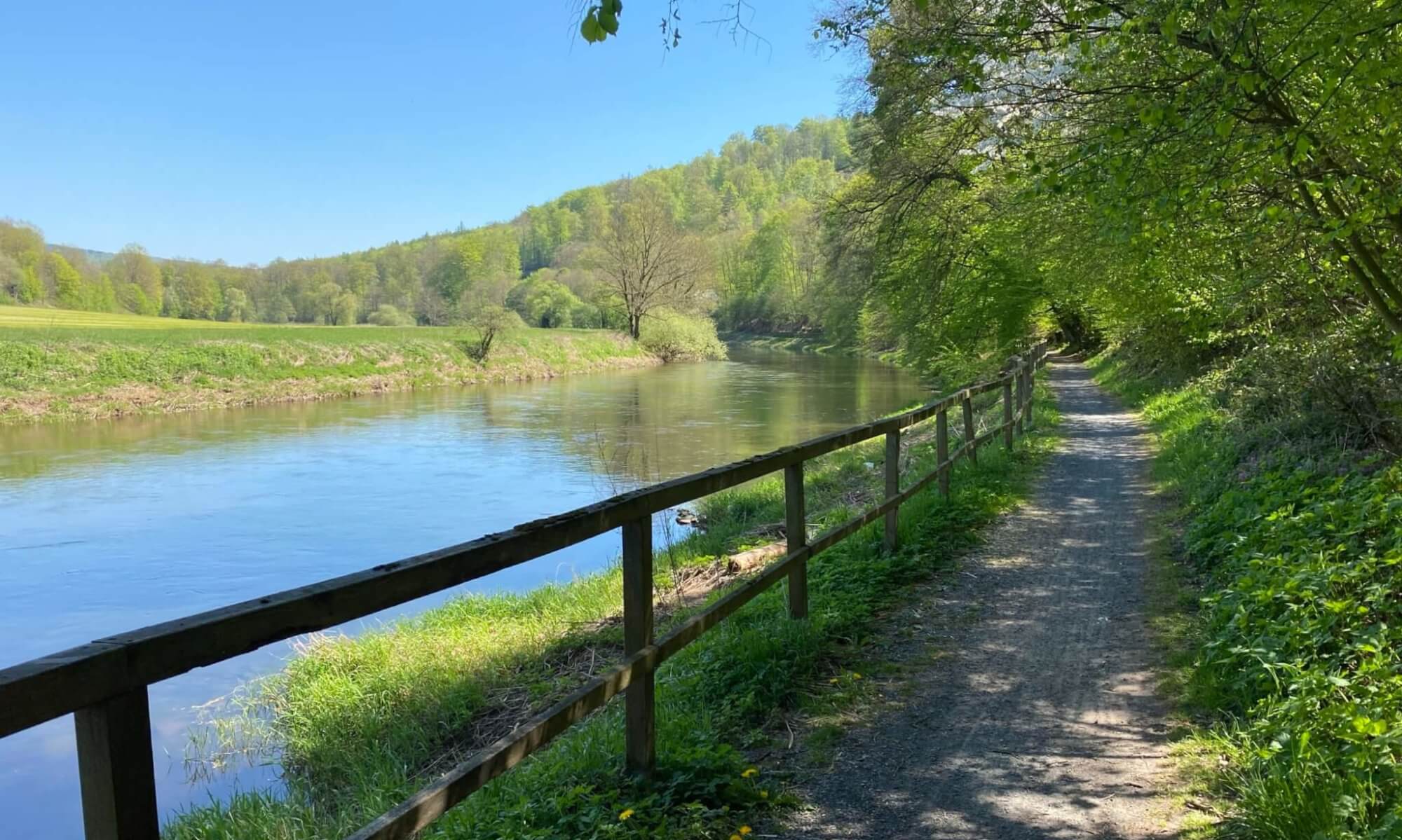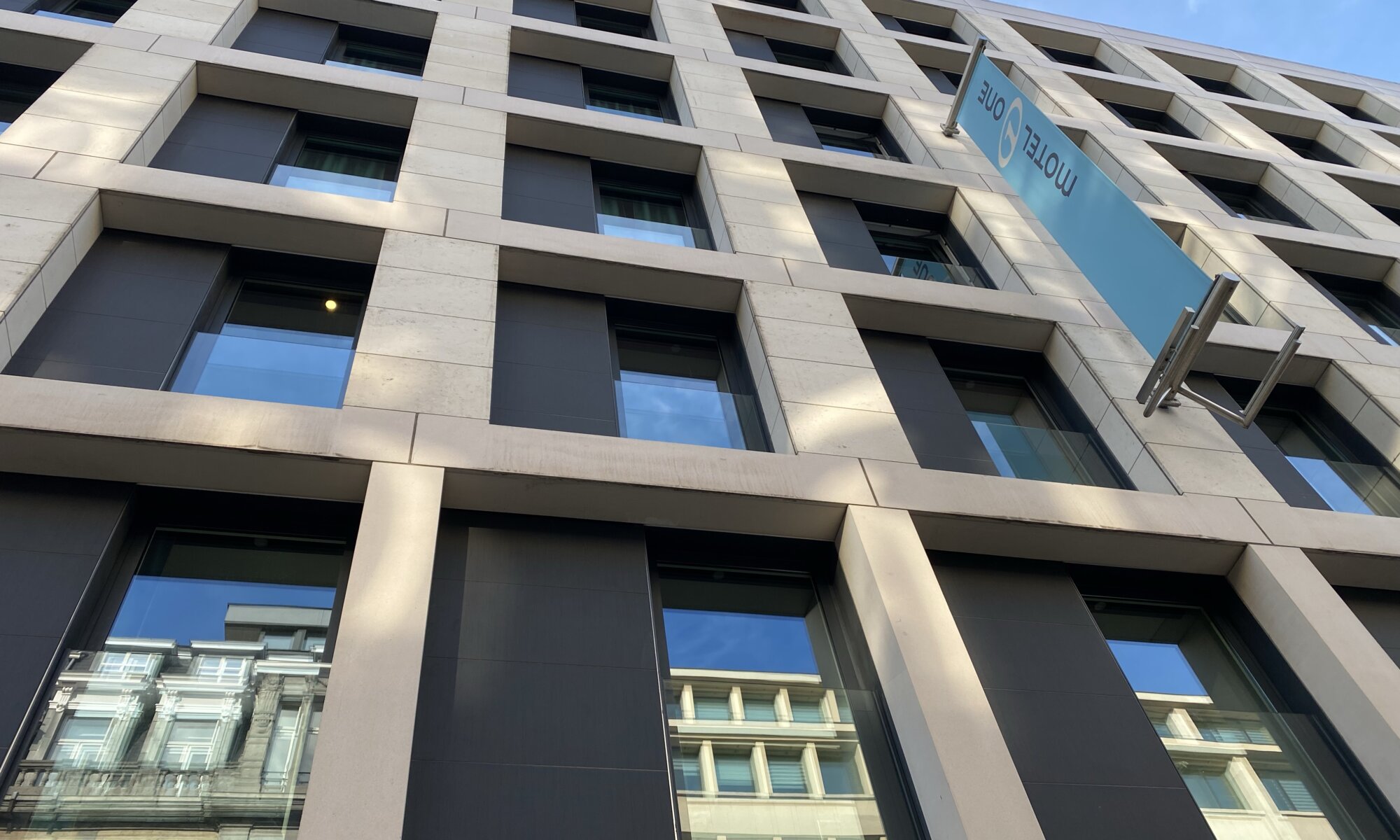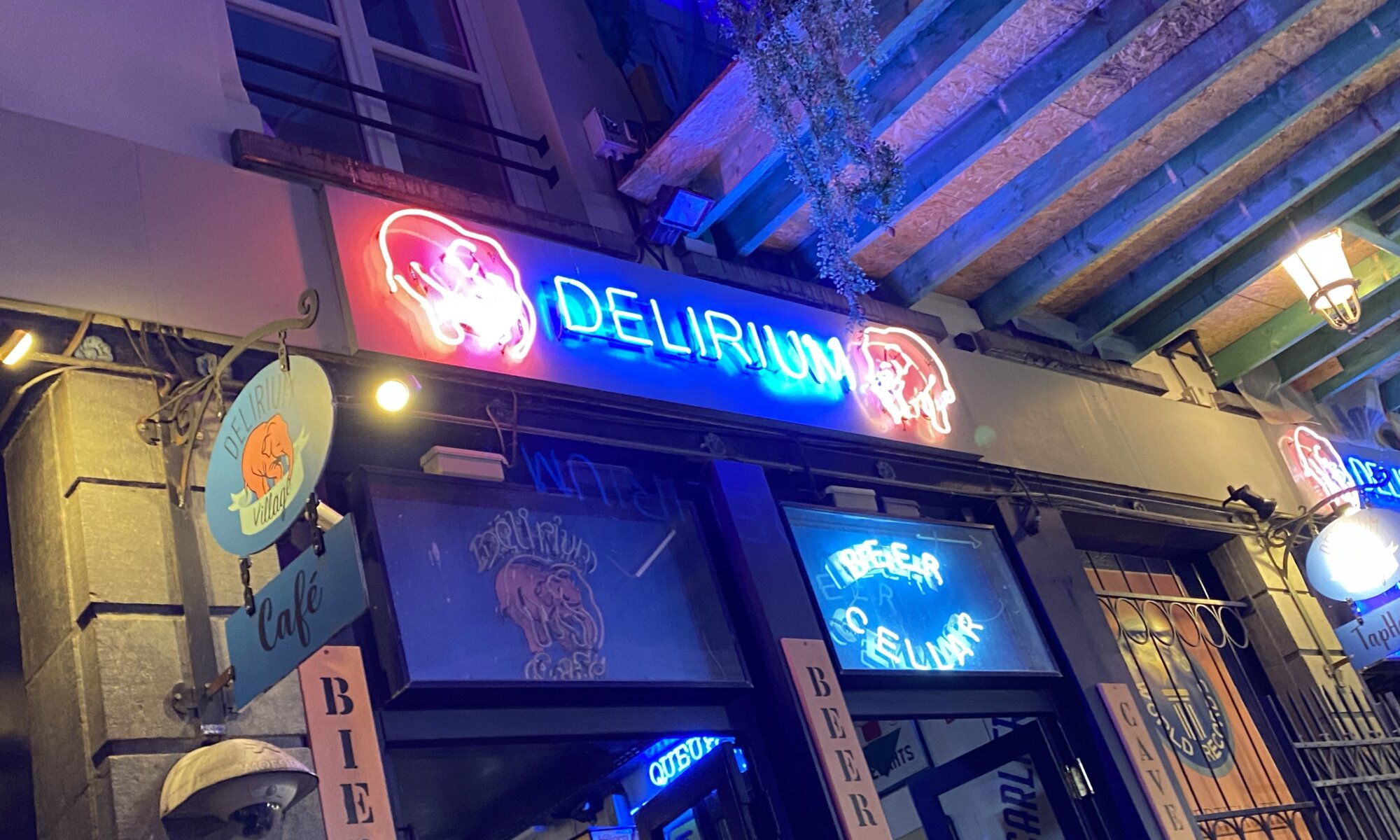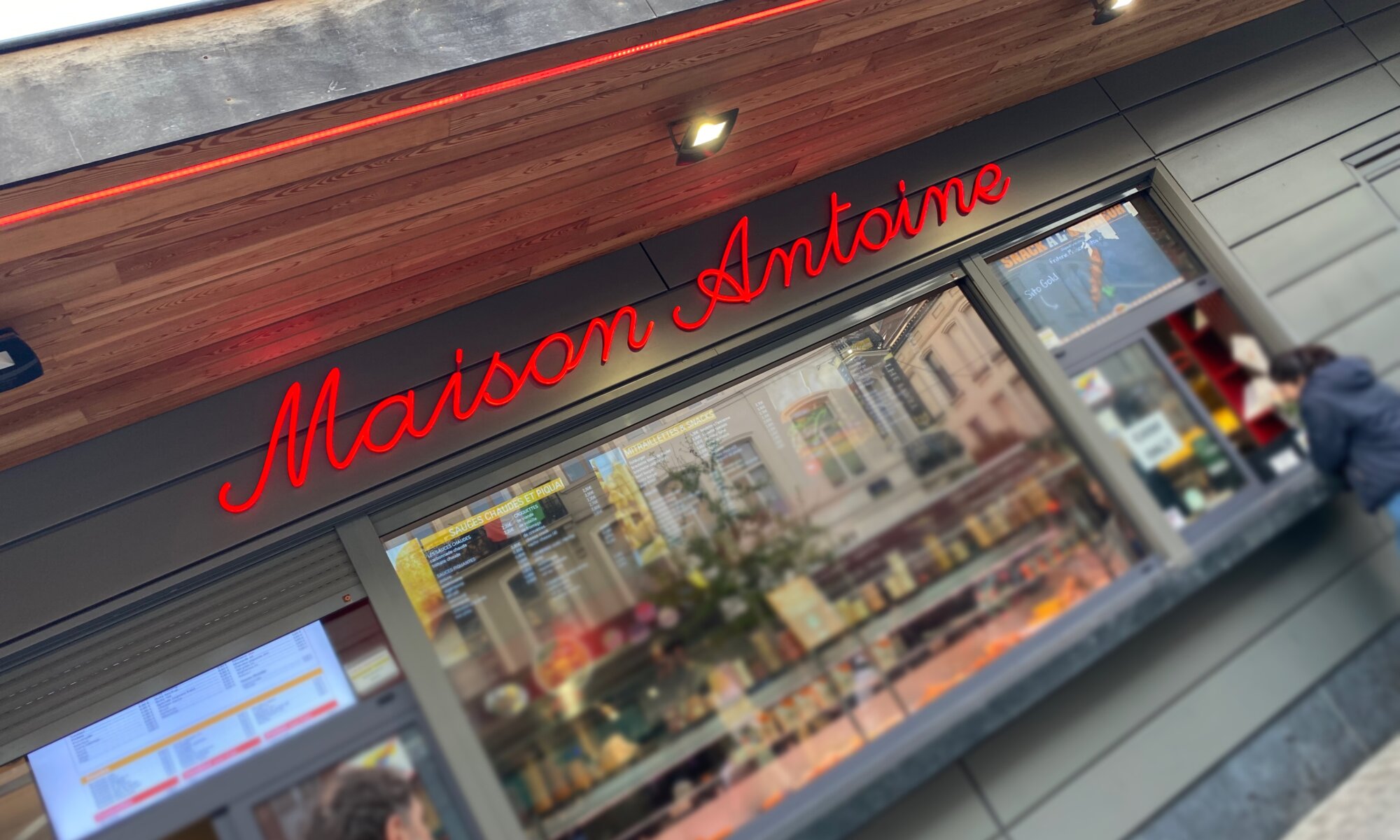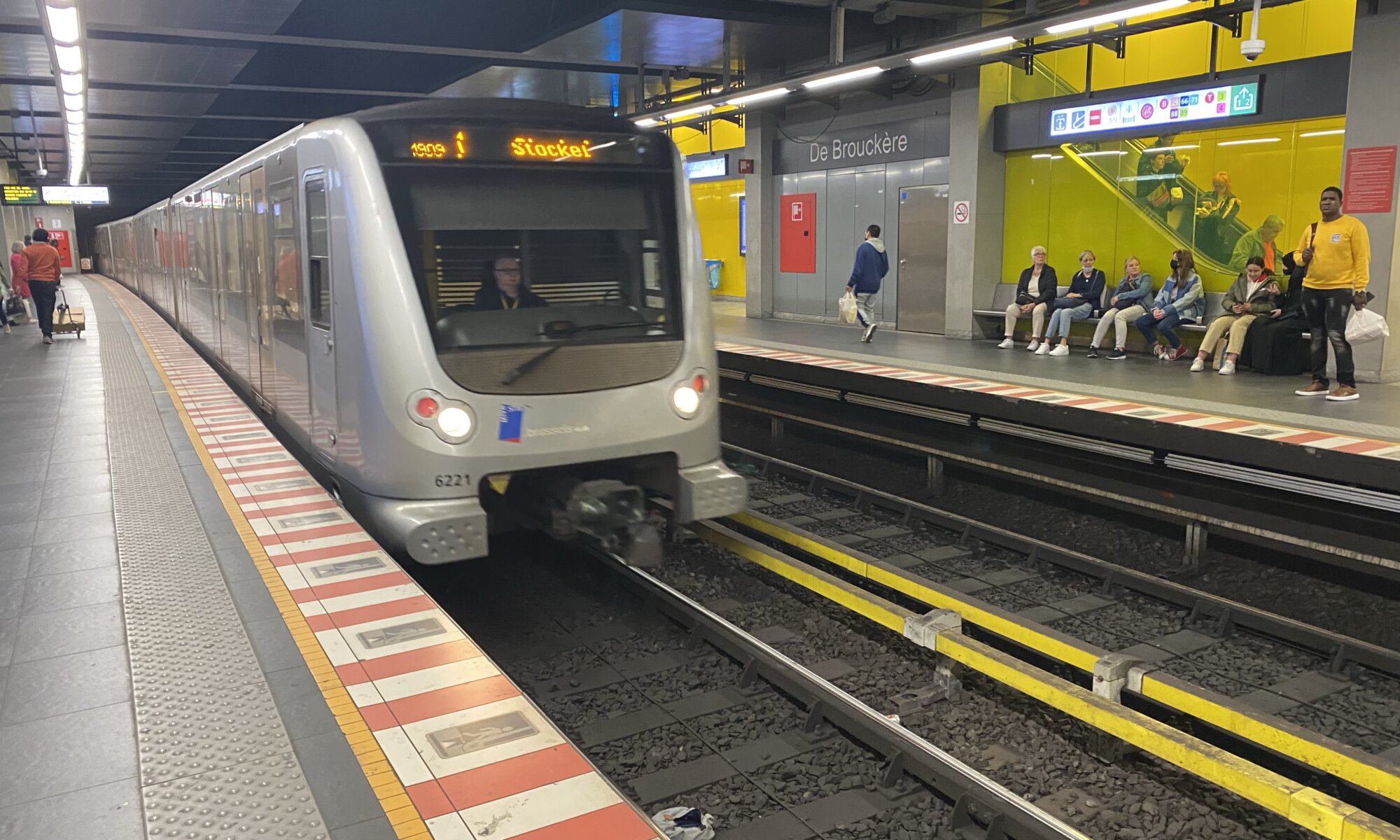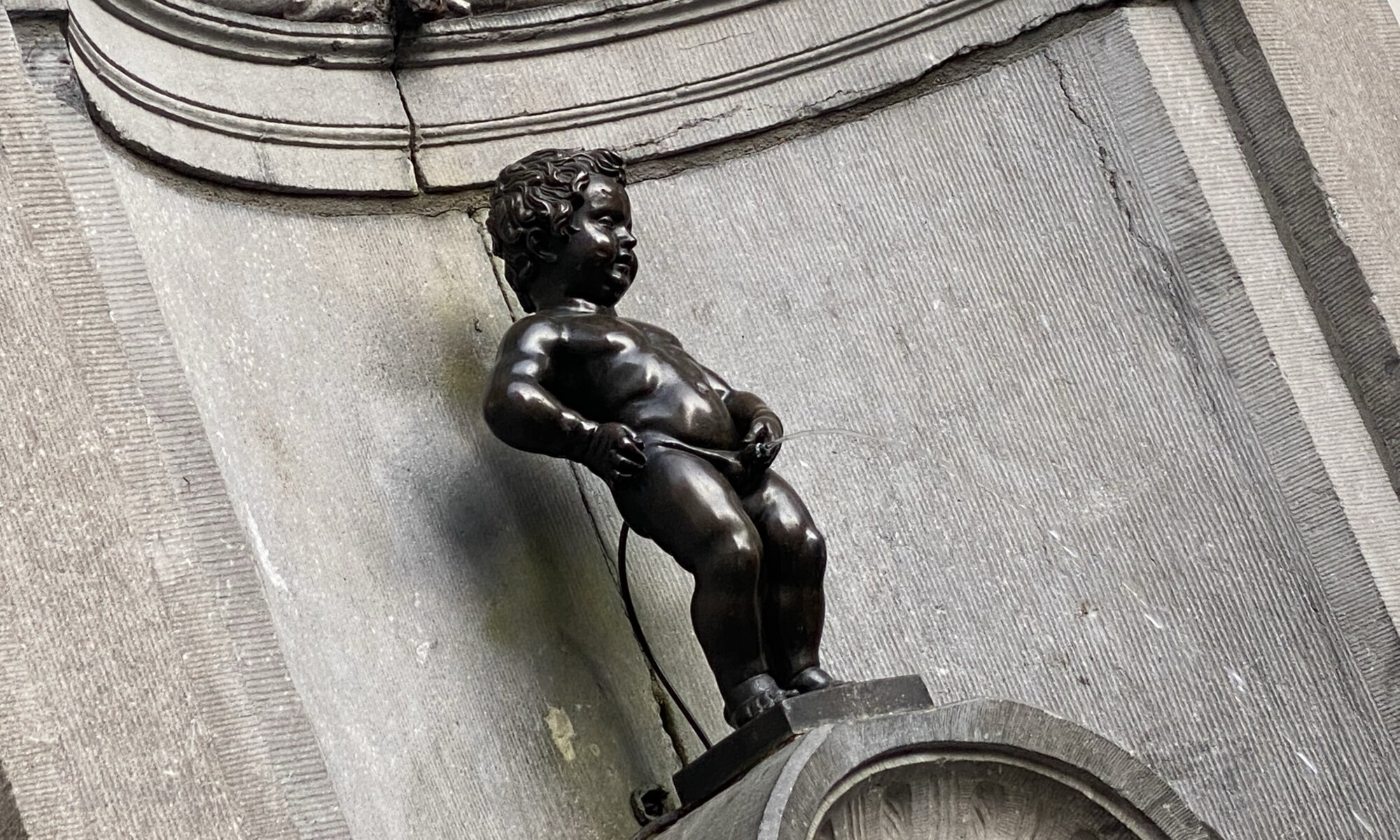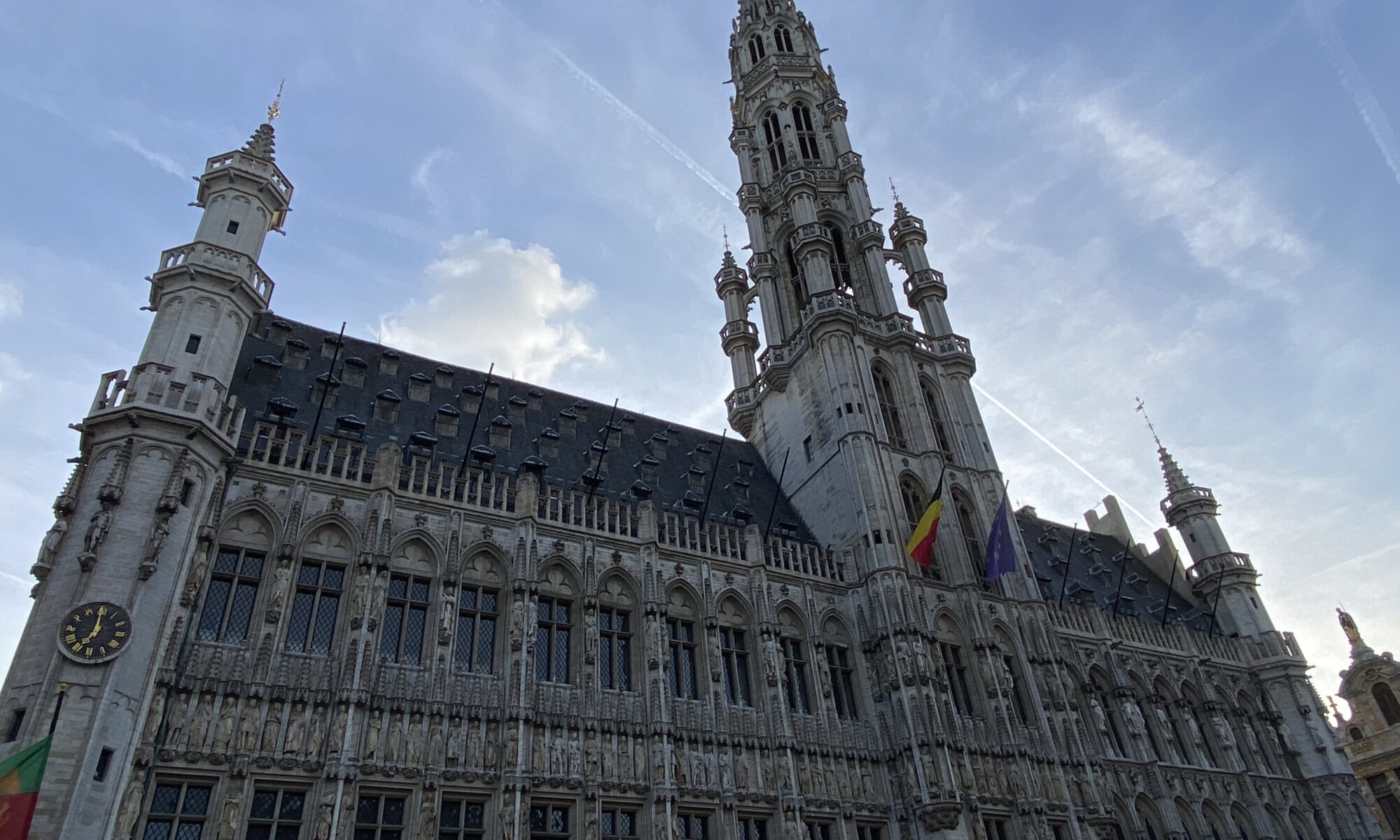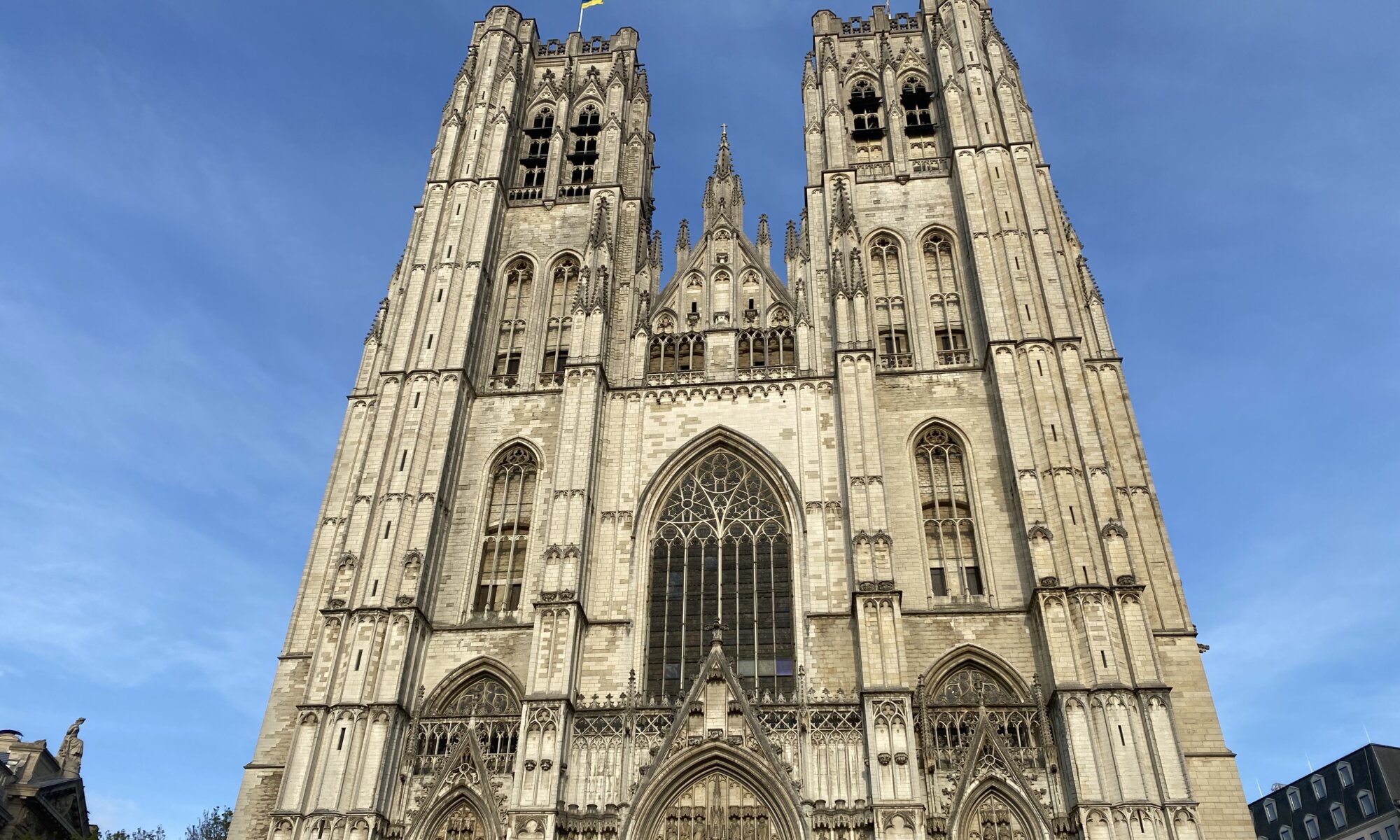I’m a major fan of the simplicity in combination with the quality of Motel One hotels. The one at Bruxelles, Belgium has two central advantages: first it is located on Rue Royal and in convenient walking distance to the Parc de Bruxelles, the Cathédrale des Saints Michel et Gudule and the Grote Markt. Second it has a large inner courtyard in which you can relax in the evenings, enjoy a last Belgian beer and to reflect on your day.
Continue reading “Backyard oasis”Délirium Café
The Délirium Café at Bruxelles reminds me to the bars of my youth: dark, a little bit shabby and always providing good beer. Maybe that’s why I like this bar so much. Get to the bar, select one of the beers (thirty from tap!) and find a delightful place in one of the many rooms of the house – it is a bit like a labyrinth. Today different bars have been connected and now form the Delirium Village. Logo of the bar is a pink elephant.
Continue reading “Délirium Café”Maison Antoine
If it would be only one thing that connects Belgium and Germany, then it would be the love for potatoes. Pommes Frites are kind of a national dish and in Belgium they’re a bit special: fries are always fried two times and served with a wide variety of sauces. You would typically not order them only with ketchup or mayonnaise (like in Germany) but rather with sauce andalouse, brazil, samourai or tartare.
Continue reading “Maison Antoine”Local transport
Getting around using public transport in Bruxelles is easy and hassle-free. The system consists of a combination of metro, tramway, and bus lines. What I really enjoyed was the consistency of ticketing options throughout all systems: you can always either use your credit card or VPay debit card as a ticket (blue validation machines) or buy a special multiticket pass and validate it on the red machines when entering a vehicle.
Continue reading “Local transport”Manneken Pis
It might sound weird, but one thing that people immediately connect with Bruxelles is a fountain including the statue of a urinating boy, the Manneken Pis. The current statue was designed in 1619 but the tradition goes back to the 15th century CE. You can find it in the city center at the crossing of the roads Rue de l’Etuve, Rue des Grands Carmes and Rue du Chêne – always surrounded by tourists.
Continue reading “Manneken Pis”Grote Markt
The Grote Markt or Grand-Place of Bruxelles is the representative square of the capital city showing all the wealth. Most important building is the Gothic-style town hall building (Stadhuis), but also the neo-Gothic Broodhuis and the different guildhalls in Baroque style contribute to the atmosphere of the square. Today this ensemble of buildings is a UNESCO World Heritage Site (declared 1998).
Continue reading “Grote Markt”Cathédrale
The most important church of Bruxelles is the Cathédrale des Saints Michel et Gudule located in the east of the city center. The Gothic-style church was built from the year 1226 on and was finished in the 15th century. A first church building on this site dates back to the eighth century CE and was dedicated to archangel Michel. When the bones of the national saint Gudule were transferred to the church this dedication was extended.
Continue reading “Cathédrale”